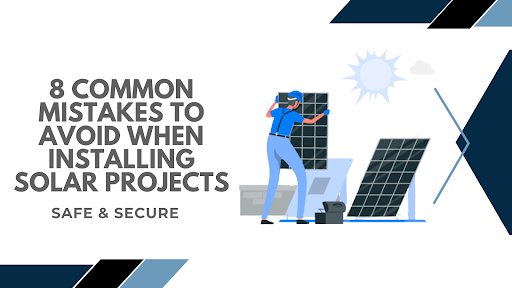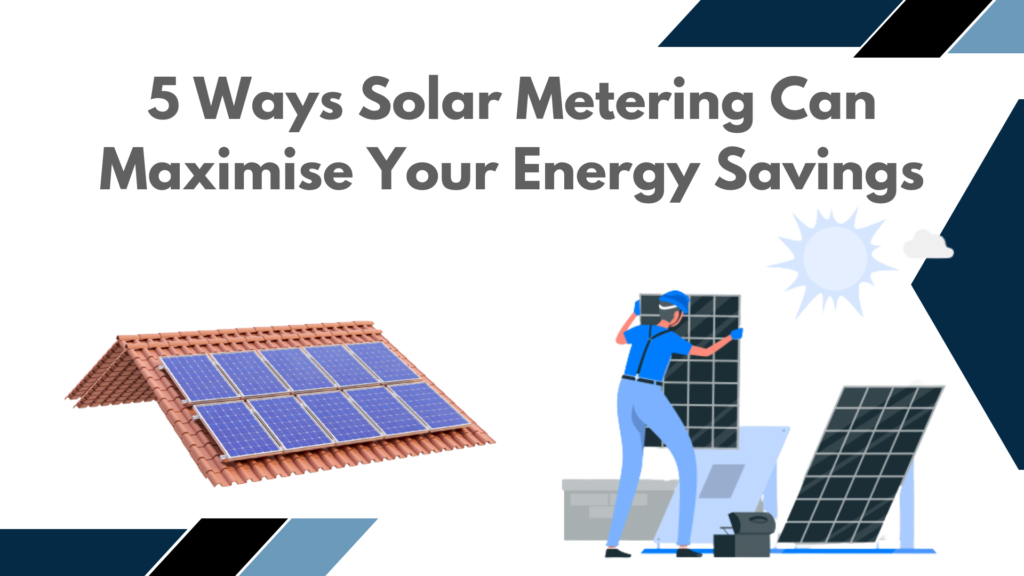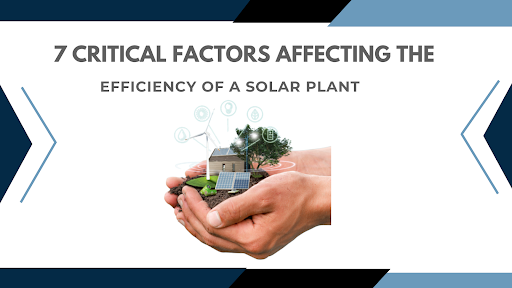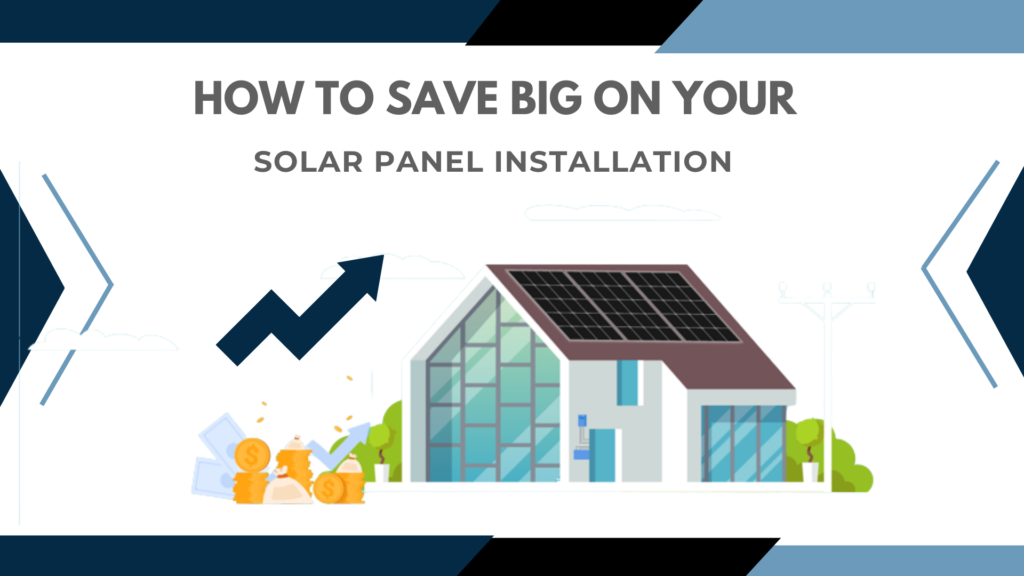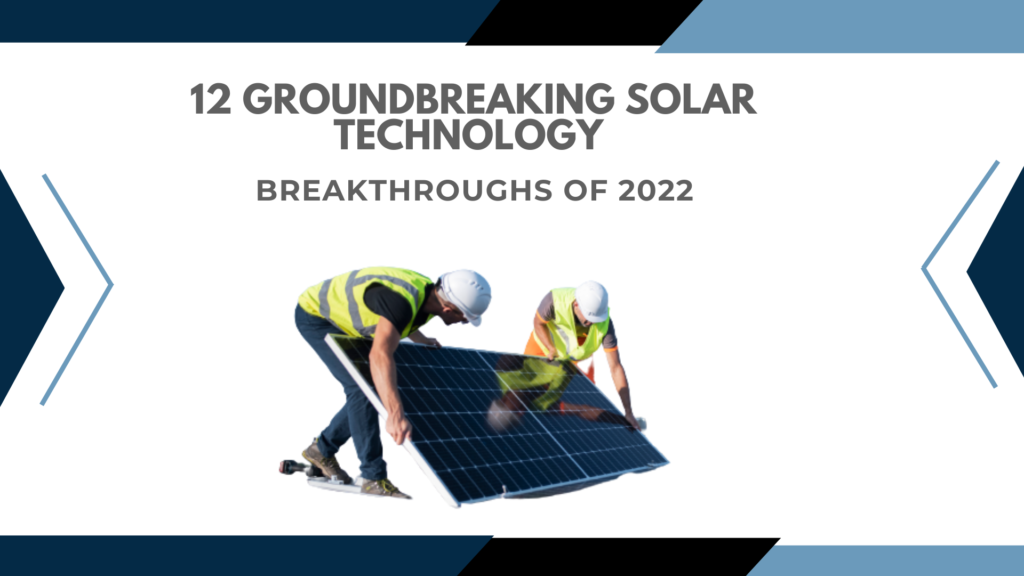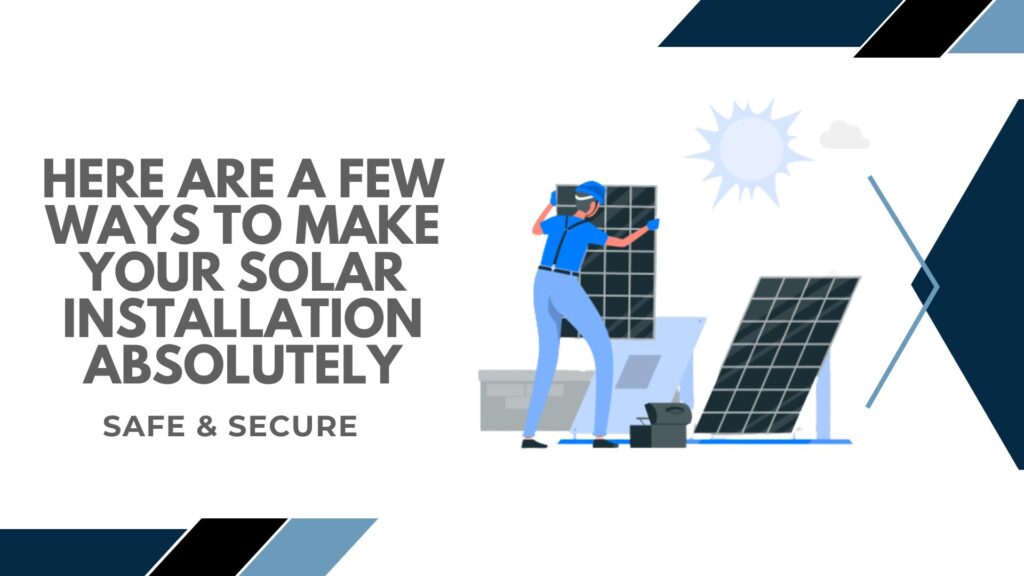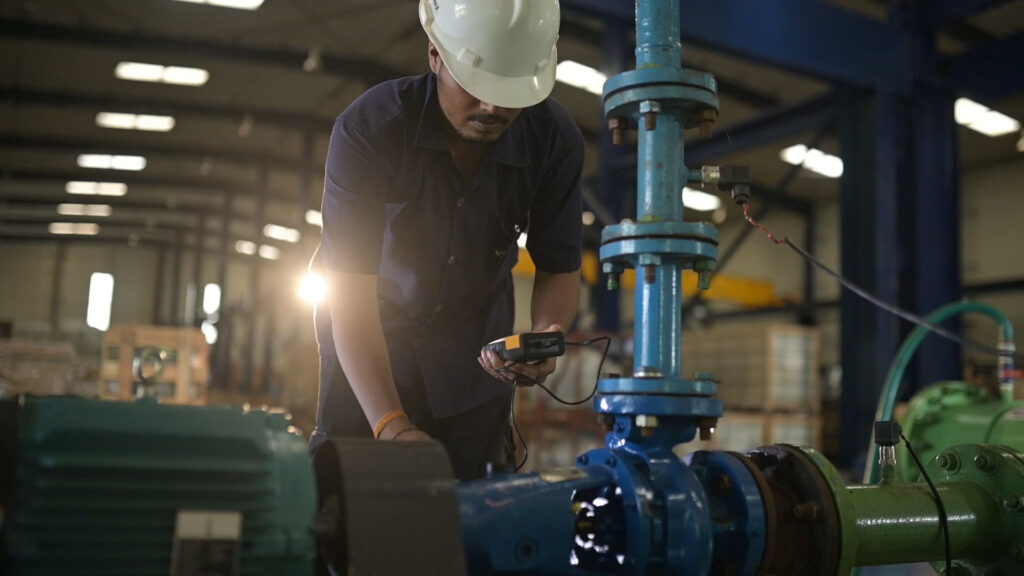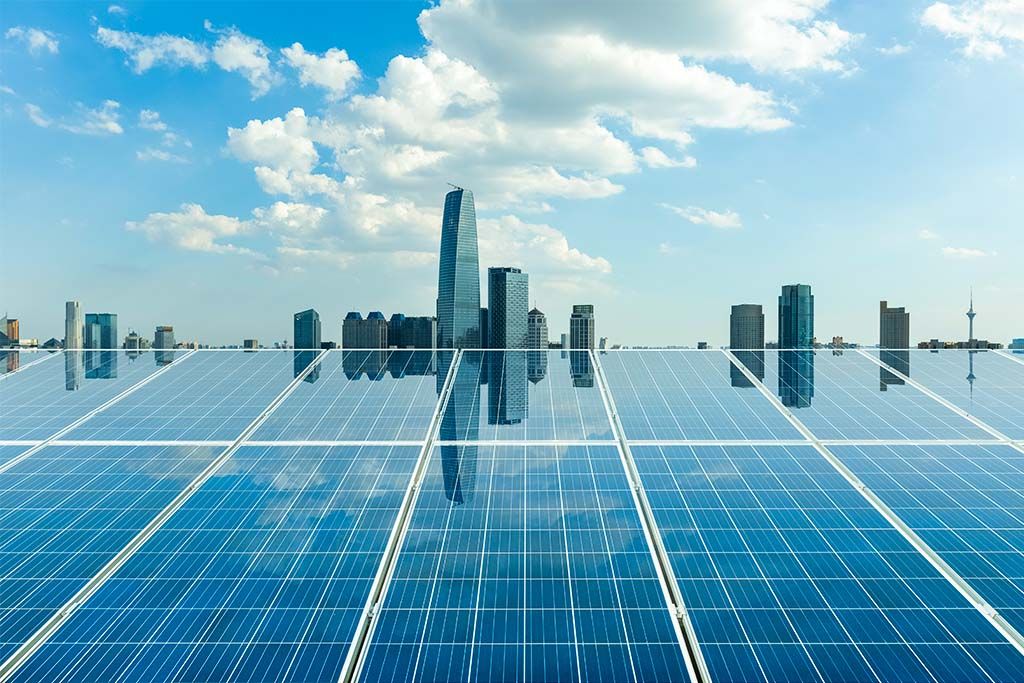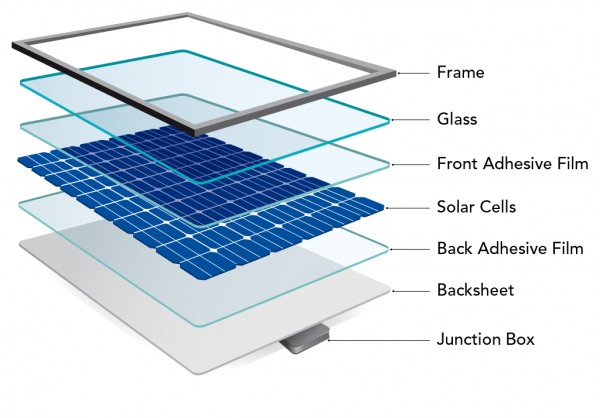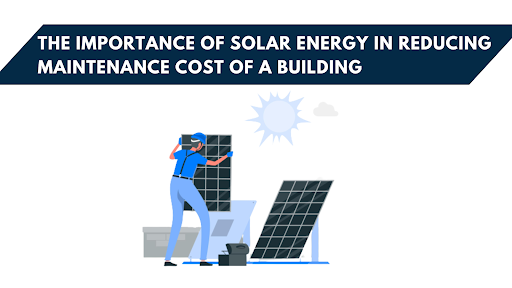
Solar energy is one of the most preferred alternative sources of energy. It is especially gaining popularity among Indian users given the abundant sunlight that the tropical country receives coupled with the facility of net metering that allows owners to reduce their electricity bills significantly. But solar energy has a more indirect but significant benefit for your building as well. VEMC is the leading solar energy company based in Mumbai, and in this blog, we tell you how your rooftop solar system can help reduce the maintenance cost of your building.
Reducing wear and tear
Solar panels are installed with either ballasted racking system or roof clamp system, neither of which require you to drill holes in your roof. Rather than damaging your roof, solar panels help protect it by offering an additional protective layer on top of it. They protect the roof from the harsh rays of the sun as well as inclement weather conditions like hail, snow and heavy rains. The overall effect of rooftop solar panels is reduced wear and tear of your roof.
Minimised dependance on traditional energy sources
Energy amounts to a huge cost in maintaining any residential, industrial or office building. Rooftop solar systems help reduce the dependence of your building on traditional sources of electricity. Besides, on-grid solar power systems equipped with net metering facility also help reduce your electricity bills by exporting excessive electricity to the grid.
Simpler maintenance needs
Maintaining your solar panels is quite simple and cost effective. For starters, solar panels sold by VEMC are made of durable material with an average life-span of around 25 years. But the maintenance is quite easy as there are no moving parts and these panels rarely encounter any technical problems being so simple in design. All that is needed is some occasional sprinkling of water and a quick wipe to keep the dust and debris off the panels and enable them to function at peak productivity levels.
Case in Point: Godrej Coliseum
Godrej Coliseum is a mammoth commercial complex located in Sion, Mumbai and provides office space to shipping, pharmaceutical, BPO, auto and telecom businesses. It is spread across an area of around 83 million square feet and offers amenities like escalators, car-parking, fire-fighting systems and advanced security. To power such an enormous commercial facility, VEMC installed mono-crystalline modules and Delta inverters with a total capacity of 75 kW. In coordination with the DISCOM, the facility of net metering was also installed. Post-installation feedback revealed that the client saved upto 1.2 lakh unit of electricity annually which amounted to Rs. 12 lakh.
Rooftop solar panels are a blessing when it comes to reducing the energy and maintenance costs of your building. For more on how our rooftop solar panel systems can help you reduce your costs, feel free to call us on 022 43436655 or email us at marketing@vemc.co.in. We at VEMC are the leading solar energy company based in Mumbai.


